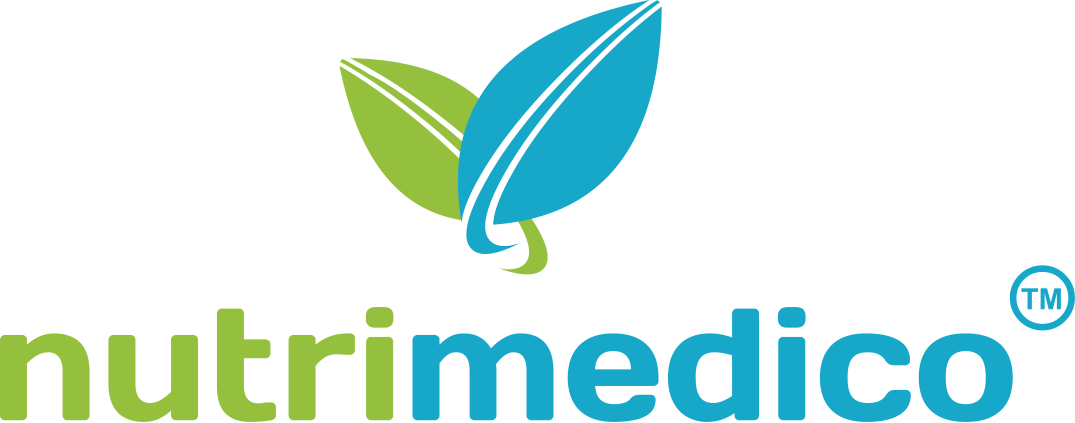Content
One of the main goals of this document is to provide concrete practical guidance that helps developers build secure software. These techniques should be applied proactively at the early stages of software development to ensure maximum effectiveness. In this series, I’m going to introduce the OWASP Top 10 Proactive Controls one at a time to present concepts that will make your code more resilient and enable your code to defend itself against would-be attackers. When possible, I’ll also show you how to create CodeQL queries to help you ensure that you’re correctly applying these concepts and enforcing the application of these proactive controls throughout your code. As software becomes the foundation of our digital—and sometimes even physical—lives, software security is increasingly important.
It operates under an “open community” model, which means that anyone can participate in and contribute to OWASP-related online chats, projects, and more. For everything from online tools and videos to forums and events, the OWASP ensures that its offerings remain free and easily accessible through its website. In this post, we’ll deep dive into some interesting attacks on mTLS authentication.
Cryptographic Failures (A02: .
They are generally not useful to a user unless that user is attacking your application. In this blog post, you’ll learn more about handling errors in a way that is useful to you and not to attackers. This includes making sure no sensitive data, such as passwords, access tokens, or any Personally Identifiable Information (PII) is leaked into error messages or logs. OWASP Top 10 is a publicly shared standard awareness document for developers of the ten most critical web application security vulnerabilities, according to the Foundation. OWASP understands that a security vulnerability is any weakness that enables a malevolent actor to cause harm and losses to an application’s stakeholders (owners, users, etc.). Software and data integrity failures include issues that do not protect against integrity failures in software creation and runtime data exchange between entities.
Your application can further be exposed to information leakage if logging and alerting events are visible to users or attackers. Finally, this category also includes what was previously called “Insecure Deserialization” in the 2017 list. Failures that arise here are due to objects or data encoded or serialized into a structure visible to an attacker and which they can modify. This new category on the OWASP list relates owasp proactive controls to vulnerabilities in software updates, critical data, and CI/CD pipelines whose integrity is not verified. This type of failure applies to the protection and secrecy of data in transit and at rest. Such data typically include authentication details, such as usernames and passwords, but also personally identifiable information (PII) such as personal and financial information, health records, business secrets, and more.
More on OWASP Top 10 Proactive Controls
While AST tools offer valuable information to address individual OWASP standards, an ASPM approach can help facilitate and orchestrate repeatable software quality control and operations across all AST issues. Stay tuned for the next blog posts in this series to learn more about these proactive controls in depth. I’ll keep this post updated with links to each part of the series as they come out.
Use the extensive project presentation that expands on the information in the document.
Encoding and escaping untrusted data to prevent injection attacks
In order to achieve secure software, developers must be supported and helped by the organization they author code for. As software developers author the code that makes up a web application, they need to embrace and practice a wide variety of secure coding techniques. All tiers of a web application, the user interface, the business logic, the controller, the database code and more – all need to be developed with security in mind. This can be a very difficult task and developers are often set up for failure. The languages and frameworks that developers use to build web applications are often lacking critical core controls or are insecure by default in some way.
- OWASP has more than 3,500 paying members who are eligible to vote for board members, attend conferences at a discount, and receive a variety of other benefits.
- Some of this has become easier over the years (namely using HTTPS and protecting data in transit).
- Essentially, a code injection occurs when invalid data is sent by an attacker into a web application in order to make the application do something it was not designed to do.
- These are some of the vulnerabilities that attackers can exploit to gain access to sensitive data.
- An injection attack refers to untrusted data by an application that forces it to execute commands.
Cryptographic failures occur when important stored or transmitted data (such as a social security number) is compromised. SELinux is the most popular Linux Security Module used to isolate and protect system components from one another. Learn about different access control systems and Linux security as I introduce the foundations of a popular type system.

Recent Comments